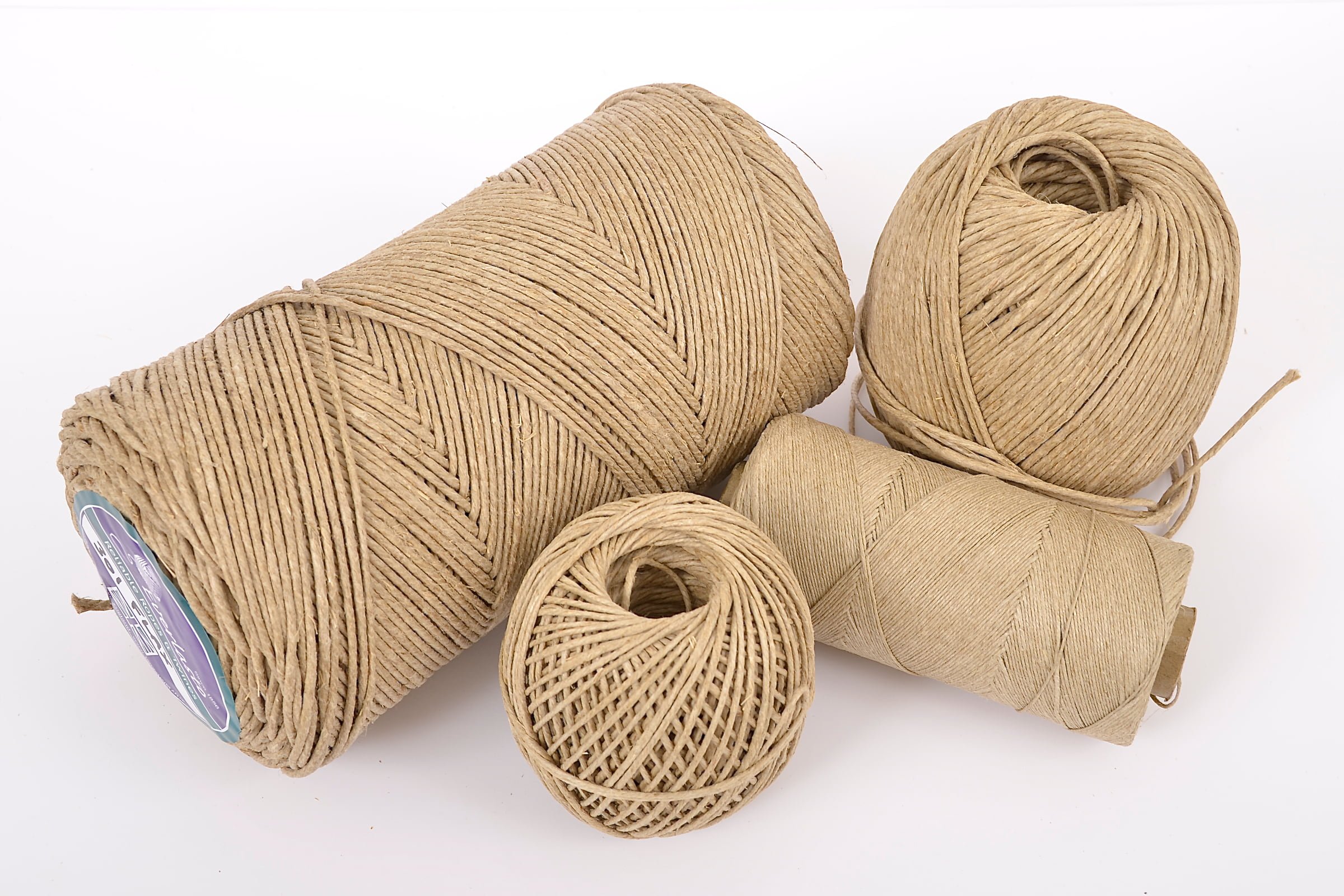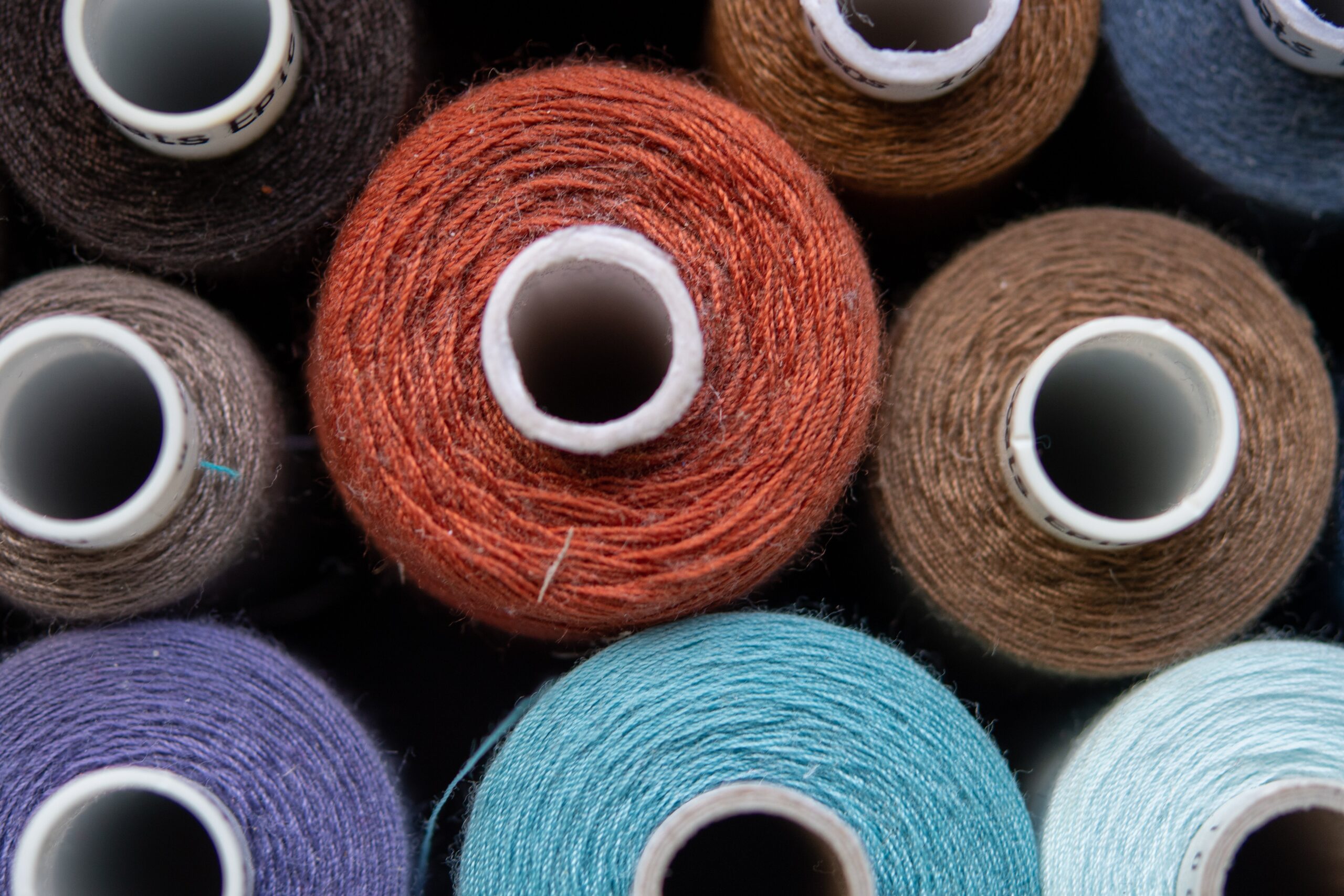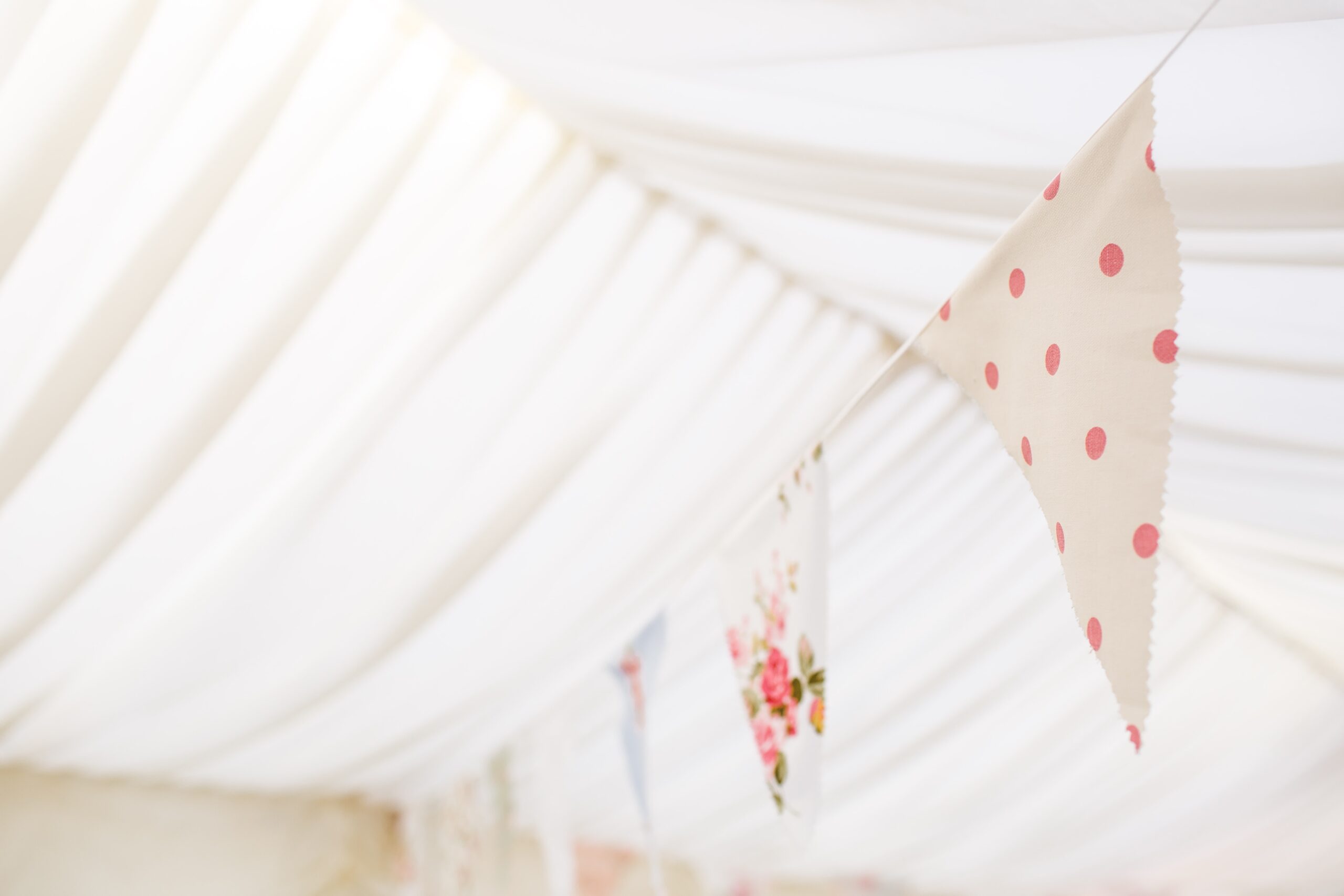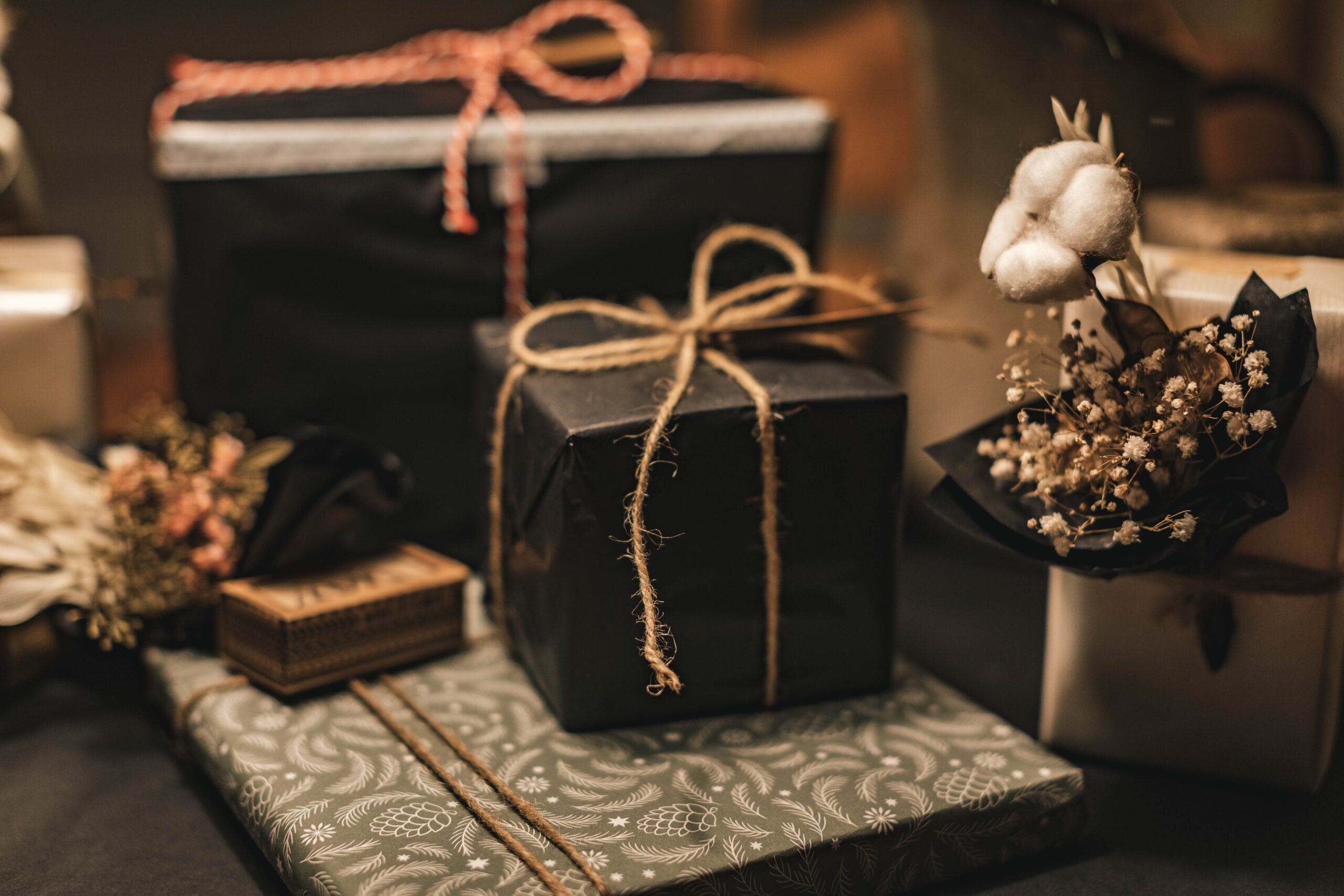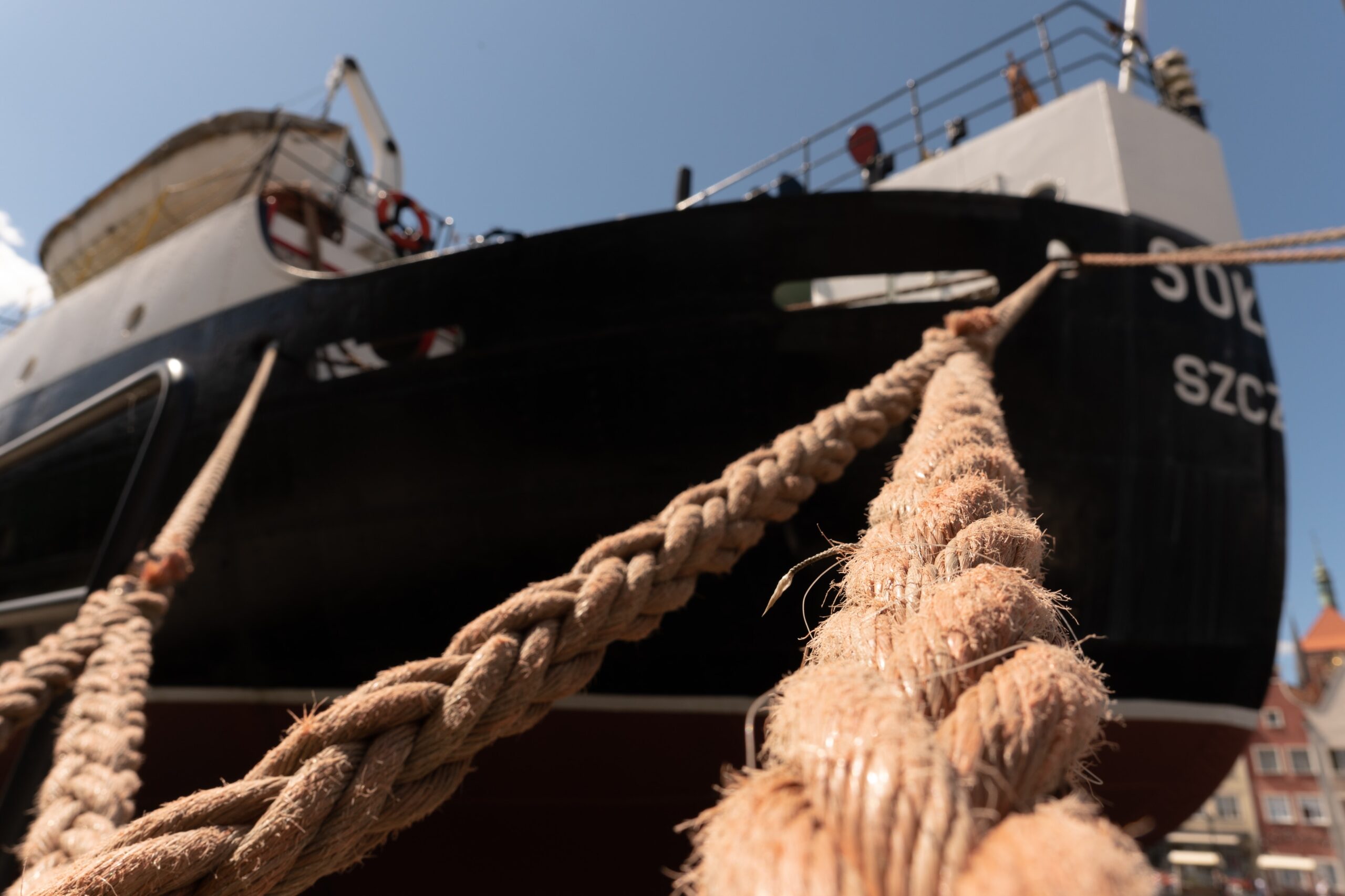
Knowing how to safely moor a boat is an essential skill for any boater, whether you are a seasoned sailor or a beginner. Proper mooring techniques not only ensure the safety of your boat, but also protect other boats and structures in the harbour. In this guide we run through the best rope for mooring ships and boats, a mooring rope size guide, as well as a comprehensive step-by-step guide to mooring a boat.
What rope is used for mooring ships?
There is a whole variety of different marine and yacht ropes that are suitable for use in and around the water. These ropes are made from a variety of synthetic materials, including nylon, polypropylene, polyester, polyethylene and polysteel. This makes the ropes strong, durable and adequate for regular use around water. Marine and yacht ropes can be purchased in different diameters and lengths, meaning you can choose the perfect sized rope for your boat, mooring location, and conditions. If you’re not sure about the best size for your mooring rope, we will run through this later in our mooring rope size guide.
What is the best rope for mooring lines?
The best rope for mooring lines is a specialist polyester mooring rope, which is made from three strands of twisted polyester rope. Mooring ropes are soft yet incredibly strong, meaning they are reliable whilst still being easy to work with. They are low stretch, non kink, and highly water resistant, which makes them the best rope for mooring boats.
Mooring rope size guide
Unsure of the best size for safely and effectively mooring your boat? Take a look at this handy mooring rope size guide to determine the ideal length and thickness for your mooring rope.
| Boat Size | Rope diameter | Rope length |
| 6 metres and smaller | 10mm diameter | 4 to 8 metres |
| 6 to 9 metres | 12mm diameter | 7 to 10 metres |
| 9 to 12 metres | 16mm diameter | 10 to 13 metres |
| 12 to 15 metres | 20mm diameter | 13 to 17 metres |
| 15 metres and larger | 22mm – 24mm diameter | 17 to 20 metres (or more) |
Note: These are approximate sizes for mooring ropes. The appropriate size for a mooring rope will depend on many factors, including the weight of the boat and the conditions of your mooring location. For the most accurate estimations, please consult your boat guidebook or seek professional advice.
How to moor a boat
Now that you have the perfect mooring rope, along with the recommendations laid out by our mooring rope size guide, let’s dive into how to safely moor a boat.
1. Choose the location carefully
As you approach the mooring area, dock or marina, look out for a suitable location that will protect your boat once moored. Try to ensure that this location will keep your boat safe from wind and currents, although this isn’t always possible. Ideally, your boat should be moored somewhere with adequate shelter from the wind, and not too close to other boats or objects that could inflict damage. You should also ensure that the water is deep enough to prevent your boat from becoming stuck at the bottom when the tide drops.
2. Approach the mooring
It’s now time for your boat to approach the mooring. This can be difficult to do, so we’ve broken it down into three simple steps.
1. Slow down
Mooring your boat isn’t a race. Be sure to reduce your speed so that you aren’t at risk of crashing or losing control. You should be slowed almost to a stop before attempting to manoeuvre your boat.
2. Approach against the tides
When mooring a boat, it’s important to approach against the tides. This helps you to maintain control over your boat, minimising the risk of collisions. By moving your boat into the current, your boat’s forward momentum will reduce, making it easier to manoeuvre the boat. This is especially important when it is windy or there are strong currents.
3. Go into neutral
Take your boat into neutral and smoothly glide into your mooring position. This will ensure you don’t have too much power moving forward. You can also carry out a few short bursts of reverse throttle to bring your boat to a standstill.
3. Get a member of crew to depart the boat
Mooring rope in hand, a member of your crew should safely depart the boat. Never jump off a boat, as the ground around bodies of water is often very slippery. To avoid slips, falls and the risk of injury, those departing the boat should always carefully step onto the ground. For this to happen, your boat must be close enough to the dock or mooring location for a person to step off the boat with caution.
4. Secure the bow
The crew member now on the ground should secure the bow with the mooring rope. Secure the rope with a round turn and two half hitches, attaching the bow to a buoy, cleat or other object at your mooring location. Make sure to leave enough slack in the line to allow for changes in the wind direction or tide.
5. Secure the stern
Once the bow is secured, the stern will usually drift into position with the tide. You can also gently pull in the stern by hand. Firmly tie the stern line into position, then revisit your bow line and tighten this too.
6. Adjust and check the lines
Once you have brought the boat in and secured the lines, you should check them again. One side – or both – may need readjusting, in which case you should tighten or loosen the lines accordingly. Make sure that the boat is not too close to the dock, other boats, or any other obstructions. You should also ensure that the lines are not rubbing against any sharp objects, which could cause them to fray or even break over time.
7. Turn your engine off
With the boat securely moored, turn your engine off. You should also check around the boat to make sure that any other electrical appliances are switched off.
8. Give everything a double check
You can never be too careful when mooring a boat. Before leaving your boat, give everything a final check. This includes your lines, the position of your boat and its surroundings, and any items on board that could potentially break or fall overboard.
Ready to grab some mooring rope and embark on a boating adventure? If you fancy a spot of fishing along the way, check out our guide: What should be in your fishing kit? For all kinds of ropes, lines and cords, get in touch with Rope Source UK to find the best rope for your project.

